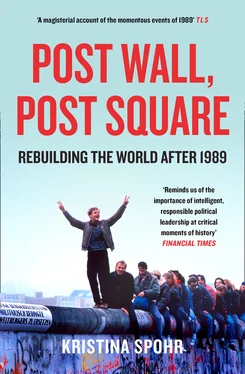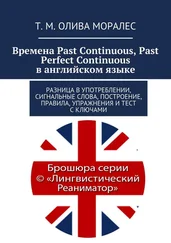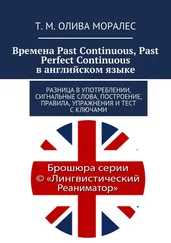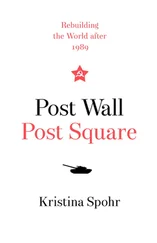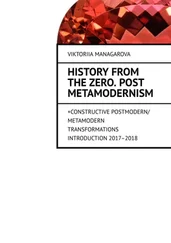Bush left Beijing optimistic that important groundwork had been laid for what he called a ‘productive period’ in diplomatic relations, despite the turbulence in China’s domestic affairs. The president remembered appreciatively ‘the warm and genuine handshakes between old friends’. But more pragmatically he also felt that he had been able to speak frankly with the Chinese leadership[84] and that the two sides could develop a practical working relationship based on a ‘real level of trust’. Bush had no illusions that anything would be easy with Beijing and therefore lobbied for good communication on all issues, but he recognised that criticism should not be expressed in public, particularly about human rights. ‘I understood that strong words and direct views were best exchanged between us privately, as in this visit, not in press statements and angry speeches.’[85]
Returning to Washington from his first foreign trip as president, Bush reflected on what he had learned. Back at Andrews Air Force Base on 27 February he told the assembled press that his whirlwind tour of Japan, China and South Korea had underscored for him America’s stature as a present and future ‘Pacific power’. From those four days of intensive discussions, what stuck in his mind was that ‘the world looks to America for leadership’. This, he asserted, was ‘not just because we’re militarily strong, not just because we have the world’s largest economy, but because the ideas we have championed are now dominant. Freedom and democracy, openness, and the prosperity that derives from individual initiatives in the free marketplace – these ideas, once thought to be strictly American, have now become the goals of mankind all over Asia.’[86]
This was a striking ideological clarion call from a man who was not a natural rhetorician. Less than three months after Gorbachev’s grandstanding performance at the UN, the new US president was putting down his own markers. The Soviet leader liked to present his new socialism as the answer not only for Russia but also for the whole world. Now Bush was making a counterclaim for American values, almost as if the ideological Cold War was still raging. Although that February evening at Andrews he talked particularly about the USA in Asia, by the middle of April he was also speaking in similar tones about Eastern Europe.
*
The president had already made clear to Weizsäcker in Tokyo on 24 February ‘we don’t want Gorbachev to win a propaganda offensive’. As Atlantic allies ‘we must stay together’.[87] Six weeks later, on 12 April, he developed his thinking when talking with NATO secretary general Manfred Wörner. He said he intended to strengthen the Alliance’s solidarity by taking a leading role. He was worried that ‘Gorbachev had dominated the headlines in Europe, causing strains over NATO defense issues’ – in particular undermining support in West Germany for short-range nuclear missiles. Now was the time, said the president, to ensure that NATO would not ‘unravel’. Wörner agreed: he saw the upcoming NATO summit in late May as a ‘unique opportunity’ in a truly ‘historic’ situation. The challenge was that ‘although we are successful, public perception is that Gorbachev is driving history’. It was up to Bush to ‘turn this public perception around’. NATO should not just challenge Moscow on arms control but ‘stress the political battleground’, pushing for ‘a Europe of self-determination and freedom, free of the Berlin Wall and the Brezhnev Doctrine’. In this endeavour NATO looked for American ‘ideas, concepts and cooperation’ because the other allies would not be able to ‘deliver much’. Bush concurred. Gorbachev had, ‘like a kind of surfer, caught a wave of public support’. It would be important at the upcoming NATO summit to find ‘agreement on a broad vision of our own’.[88]
The president was now ready for ‘the vision thing’. In a carefully planned series of major speeches during April and May, he gradually unveiled his grand scenario for a Europe emerging from the Cold War. The first speech was deliberately staged in Hamtramck, a predominantly Polish–American suburb of Detroit, on 17 April – twelve days after Poland had unveiled major constitutional reforms: the creation of the Senate and the office of the president, as well legalisation of the free trade union Solidarity. These major structural changes were the result of two months of round-table talks between the opposition movement and the communist regime under General Wojciech Jaruzelski. Democratic elections would follow later in the summer. The ‘ideas of democracy’, as Bush put it, were clearly ‘returning with renewed force in Europe’, with Poland in the vanguard – hence the otherwise unlikely venue of Hamtramck.
Picking up themes from his inaugural address, Bush reflected on the passing of totalitarianism, the spread of freedom and the right to self-determination. ‘The West can now be bold in proposing a vision of the European future,’ he declared. ‘We dream of the day when there will be no barriers to the free movement of peoples, goods, and ideas. We dream of the day when Eastern European peoples will be free to choose their system of government and to vote for the party of their choice in regular, free, contested elections … And we envision an Eastern Europe in which the Soviet Union has renounced military intervention as an instrument of its policy.’ Bush’s refrain about ‘dreams’ and ‘visions’ fleshed out his comments five days earlier to Wörner. He was driven by a growing conviction that America, as the leader of the West, now had an unprecedented opportunity to apply its statecraft to the reshaping of Europe. ‘What has brought us to this opening?’ he asked. ‘The unity and strength of the democracies, yes, and something else: the bold, new thinking in the Soviet Union, the innate desire for freedom in the hearts of all men.’ The president proclaimed that ‘if we’re wise, united, and ready to seize the moment, we will be remembered as the generation that made all Europe free’.[89]
Scowcroft called the Hamtramck speech the administration’s ‘first major step on Eastern Europe’. Although he admitted that it received ‘scarcely a glance’ in the US, Bush’s words attracted much greater attention in Europe and the USSR, where Pravda was indeed rather favourable, singling out the president’s positive evaluation of Soviet reforms and the prospects for better superpower relations.[90]
By May the administration’s sluggish review of Soviet policy was finally gathering pace. On the 12th Bush used the commencement ceremonies at Texas A&M University in his adopted home state to publicise something of the new strategy for superpower relations, which he summed up in the key concept ‘Beyond Containment’. In other words, the president wanted to transcend the defensive posture that had characterised US policy at the height of the Cold War. Here was a more assertive Bush: the cautious bystander on the margins of the Reagan and Gorbachev summit at Governors Island the previous December now had a clear sense of where he wanted to go:
We are approaching the conclusion of an historic post-war struggle between two visions: one of tyranny and conflict and one of democracy and freedom. The review of US–Soviet relations that my administration has just completed outlines a new path toward resolving this struggle … Our review indicates that forty years of perseverance have brought us a precious opportunity, and now it is time to move beyond containment to a new policy for the 1990s – one that recognises the full scope of change taking place around the world and in the Soviet Union itself. In sum, the United States now has as its goal much more than simply containing Soviet expansionism. We seek the integration of the Soviet Union into the community of nations.
Читать дальше
